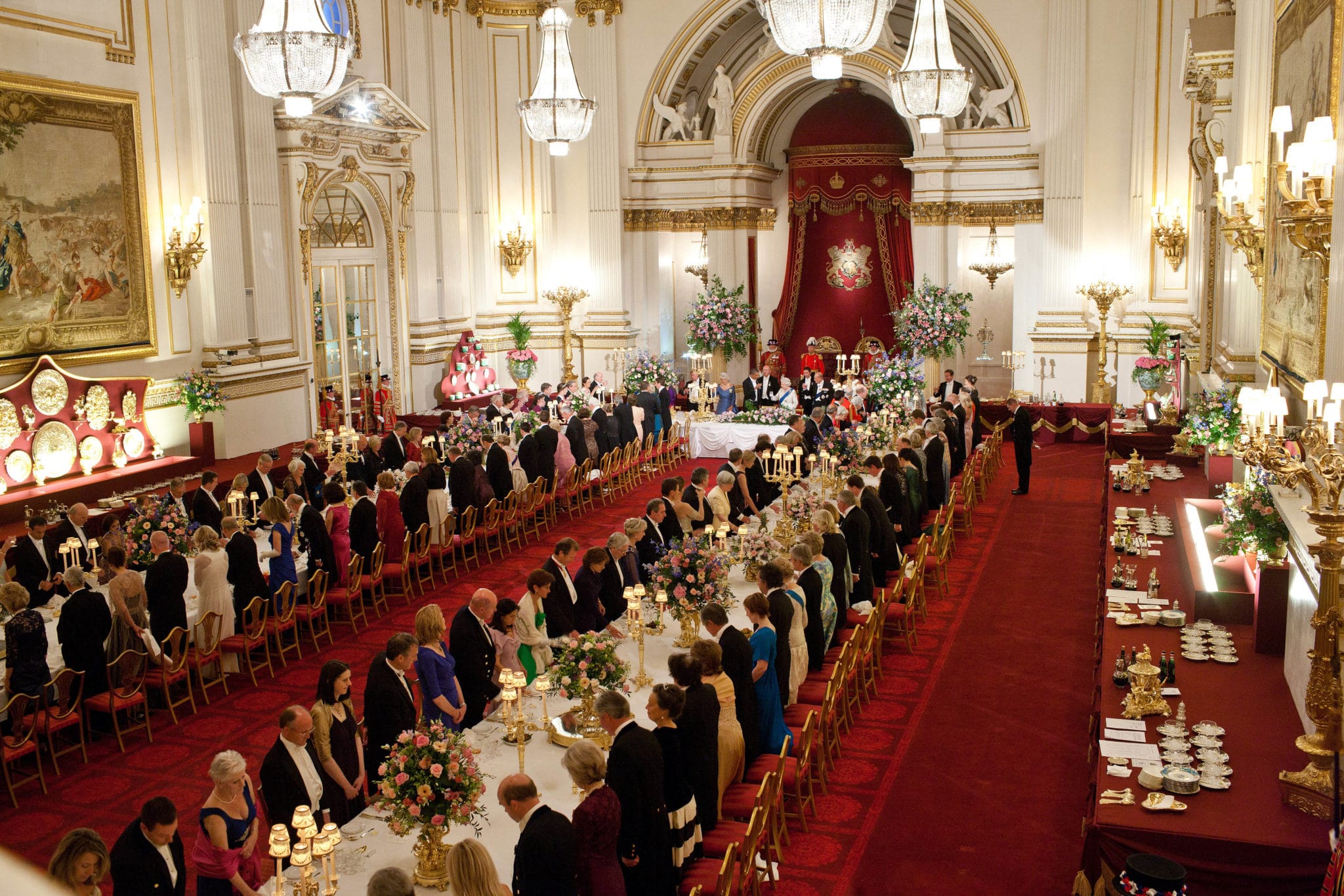Purim is about being different.
Haman complained to King Achashveirosh that “There exists a singular nation, scattered and divided among the nations in all the provinces of your kingdom, whose laws are different from those of all nations….”[1] A “singular nation,” Achashveirosh agreed, different and unique despite their dispersion, cannot be tolerated; he concurred with Haman that “it is not worth that the king let them be… it must be decreed that they be destroyed.”[2]
The Jewish response to Haman’s decree was to intensify their singularity. Instead of continuing the assimilationist trends that began with their exile from the Holy Land three generations earlier,[3] they rallied under the leadership of Mordechai with a renewed commitment to their uniqueness as G-d’s people.
After relating the story of Haman’s downfall and Israel’s victory, the Book of Esther sums up the miracle of Purim in one sentence: “To the Jews there was light, happiness, joy and prestige.”[4] The Talmud interprets these words as a reference to the four primary distinguishing features of the Jewish people: “‘Light’ is Torah, ‘happiness’ are the festivals, ‘joy’ is circumcision, and ‘prestige’ are the tefillin.”[5] There are, of course, 613 mitzvot (divine commandments) and numerous principles, laws and customs that comprise the Jewish faith; but these four are singled out as the matrices of Jewish singularity.
Distinguishing Similarities
On the face of it, it would seem that the very opposite is the case—that these four precepts actually reflect Israel’s similarity to other nations.
Scholarship is not unique to the Jews: virtually every community and culture has its creed and philosophy, a canon of writings on which they are based, and an army of scholars and jurists to study, interpret and apply it. Furthermore, even the Torah qua Torah is not confined to the people of Israel; several faiths are based on it, including two that embrace more than half the human race. Even some of the specifically Jewish expositions of Torah (such as the Talmud, the writings of Maimonides or the teachings of Kabbalah) are universally known and studied.
Festivals are also a common feature of all societies. It is true that only Jews eat matzah on Passover and sound the shofar on Rosh HaShanah, but the concept of a festival, or a date designated for commemoration and observance, is universal. Every nation, culture and religion has its calendar of dates that mark the historical events that forged them, and commemorates these dates with appropriate rituals and customs.
The same is true of tefillin: only the Jew binds these leather boxes and straps on his arm and head as the symbol of his commitment to G-d, but again the concept is a universal one. The married woman’s ring, the soldier’s uniform, the Indian chief’s headdress—all these are signs worn as a demonstrations of one’s allegiance to a certain group or cause. As for circumcision, it is a fairly common procedure, practiced by many for health and other reasons.
And yet, Torah, the festivals, circumcision and tefillin—or, as the Book of Esther refers to them, “light,” “happiness,” “joy” and “prestige”—are the cornerstones of Jewish distinction. True, other nations and societies have similar, or virtually identical, elements in their doctrine and lifestyle; but the Jewish experience of these selfsame elements is different from—even antithetical to—their universal counterparts.
Indeed, this is the ultimate mark of distinction: how one differs from his fellows is not in those areas in which he is obviously different, but in those areas in which he is externally similar but internally worlds apart.
Female Wisdom
How does the Jew’s Torah differ from the universal concept of learning and scholarship? The key lies in the Book of Esther’s choice of the Hebrew word orah—which is the feminine form of or, “light”—as a reference to Torah.
All wisdom, whose function is to illuminate and enlighten, is light; but there is masculine light and feminine light. Masculine light is self-generated, original and aggressive; feminine light is receptive. Masculine intellect is the mind exploring the unknown, originating new ideas, debunking old misconceptions. Feminine intellect is the mind opening itself to receive from a higher source, ingesting a seed of revealed wisdom and developing the myriad of details and applications inherent within it.
Torah study employs both the masculine and feminine functions of the mind, but the greater, defining emphasis is on the feminine. Indeed, for all its Talmudic hair-splitting, Torah is not about intellect at all; the intellect is but a “garment,” a medium by which to convey the supra-rational essence it enclothes. To study Torah is, first and foremost, to surrender to a revelation of divine truth, to make one’s mind a receptacle for the wisdom and will of G-d. The mind of the Torah sage is not a generator of ideas but a womb that receives the divine truth and then develops it as a rationally structured principle or law.
The Present Past
The universal function of the festival or holiday is to celebrate and commemorate the past. The function of the Jewish festival is to reexperience the past—or rather, to unearth the timeless essence of a past event that makes it real to one’s present existence.
The Jew does not merely remember the Exodus on Passover. Through his observance of Passover’s divinely ordained mitzvot, he accesses the divine gift of freedom that the Exodus is, thereby achieving a personal “Exodus”—a liberation from the constraints that enslave his own life. The same is true of the giving of the Torah on Shavuot, the attaining of forgiveness on Yom Kippur, and so on: the Jewish festival is a timeless window in time, making “past” events accessible and realizable.[6]
A festival is a “happy” occasion. But, again, the happiness experienced by the Jew, while superficially similar to the happiness of the non-Jewish celebrant, is radically different. To the non-Jewish celebrant, a festival is an escape: immersing himself in a joyous and rosy past, he can safely disregard the trouble- and responsibility-burdened present. Little wonder that holidays inevitably include lavish spending, moral laxity and barroom brawls.
The Jew also transcends the present on his festivals, and for him, too, this is a source of joy. But his is not an escapist joy. On the contrary, it is the joy of penetrating to the essence of his present-day self to discover the timeless self within. So his is a disciplined joy, a joy that shatters external barriers while amplifying internal focus. His is a joy that makes him more responsible, more caring, more committed.[7]
The holiday on which the distinction of Jewish festival celebration most vividly comes to light is Purim. On Purim the Jew is commanded to “drink until he cannot distinguish between ‘cursed be Haman’ and ‘blessed be Mordechai.’”[8] Drinking, especially drinking to the point of irrationality, is generally anathema to the Jew; it is on Purim that we are accorded the rare sight of a drunk Jew. And the Purim drunk is a sight worthy of beholding: emotionally uninhibited yet morally controlled; rationally incoherent yet spiritually true.
The Joy of Sacrifice
Circumcision is a fairly common practice. Many undergo it for reasons of health, others for religious reasons. In either case, the decision to circumcise is a question of weighing the pain against the gain. The procedure is painful, there is an element of risk involved (as with all surgical procedures), and it is said to lessen sexual pleasure. The American who decides to circumcise his son might say: “Certainly, there are disadvantages, but the health benefits make it worthwhile.” The Moslem boy might say: “Sure it hurts, but it gains me entry into heaven.”
What is unique about the Jew is that to him, the circumcision itself is perceived as something positive and desirable. Anyone who has ever attended a bris understands why the Book of Esther refers to it as a “joy”—one does not get the impression that we are “paying a price”[9] for some future reward. It is the giving of self for G-d that the Jew joyfully desires, not the results or rewards of his sacrifice.
Indeed, circumcision can be said to be representative of all “sacrifice”—it is a giving of oneself in the most physically literal sense. The concept of sacrifice is, of course, a universal one—man is forever making sacrifices for the sake of his future, his loved ones, his country, his convictions. But sacrifice is always either for the sake of some future return (in one’s lifetime or in the hereafter) or an inescapable duty. For the Jew, sacrifice at G-d’s behest is a joy.
Hence the amazing, rationally inexplicable phenomenon: virtually all Jews, regardless of religious commitment, practice circumcision. Jews who define themselves as “atheists” and “nondenominational citizens of the world,” as “progressive” and contemptuous of “primitive religious ritual,” circumcise their sons. Jews who emerged from seven decades of Soviet rule bereft of any knowledge or appreciation of Judaism immediately arranged circumcisions for themselves, their children and their grandchildren. Circumcision, to the Jew, is about what he is, not about what it does for him.
Black Boxes
The fourth definer of Jewish uniqueness is the tefillin—black leather boxes, containing scrolls inscribed with selected chapters from the Torah, that are bound on the arm and head as the symbol of our relationship with G-d.
Every community and culture has garments and adornments that are worn as symbols of its identity. Because of what they represent, these naturally reflect their wearers’ conceptions of beauty and prestige: the shimmering gold of the bride’s ring, the impeccable tailoring of the general’s uniform, the rainbow of colors in a people’s national dress—all embody a person’s or group’s pride in who they are.
The tefillin stand out in their austere simplicity. Two spartan boxes, which Torah law mandates to be unadorned and painted black. For the tefillin convey not pride, but the Jew’s subjugation of his mind, heart and deeds to the Almighty.
Yes, tefillin are the prestige of the Jew, but the Jew’s prestige does not lend itself to aesthetic depiction. His prestige lies in his servitude to G-d, in the binding of his intellect, emotions and talents to the supernal will.
Purim celebrates the salvation of a singular people: a people whose learning, festivities, sacrifices and badge of honor are so common, yet so unique, in the family of man.
Based on an address by the Rebbe, Purim 5719 (1959)[10]
One who reads the Megillah backwards has not fulfilled his obligation
Talmud, Megillah 17a
On Purim we read the Megillah (Book of Esther), which recounts the events which led to the establishment of the festival. Among the laws which govern the reading procedure is a requirement that the chapters of the Megillah be read in order. In the words of the Talmud, “One who reads the Megillah backwards has not fulfilled his obligation.”
Rabbi Israel Baal Shem Tov, founder of the Chassidic movement, offered an alternate interpretation for this dictum: “One who reads the Megillah backwards”—one who reads it as a record of some past occurrence—has missed the point. The purpose of the festival is that “These days are to be remembered and enacted.”[11] Purim is more than an inspiring piece of history to be “commemorated”; it is an ongoing event, to be perpetually reexperienced and reapplied to our daily lives.
Based on an address by the Rebbe, Purim 5742 (1982)
Adapted from the teachings of the Lubavitcher Rebbe by Yanki Tauber
[1]. Esther 3:8.
[2]. Ibid. 3:8-11.
[3]. Indeed, the deterioration of their identity and commitment to G-d is what made them vulnerable to Haman’s plot in the first place—see Talmud, Megillah 12a.
[4]. Esther 8:16.
[5]. Talmud, ibid. 16b.
[6]. See Appointments In Time, WIR, Vol IX, No 33.
[7]. See Mishneh Torah, Laws of the Festivals 6:18.
[8]. Talmud, Megillah 7b; Shulchan Aruch, Orach Chaim 695:2.
[9]. In fact, what is commonly perceived as the greatest disadvantage of circumcision is, to the Jew, one of its benefits. Almost eight hundred years ago, Maimonides wrote (in his Guide for the Perplexed, part III, chs. 35 & 49) that circumcision enhances a person’s spiritual sensitivity through its tempering of his corporeal drives. (This is not to say that this is the reason why the Jew circumcises himself; but, as with all mitzvot, which are essentially supra-rational divine decrees, we also identify the spiritual and material benefits which naturally result from a life lived in conformity with the design of its Creator—as we might speak of the spiritually healthy kashrut diet or the enhancement of the marriage relationship through the laws of niddah.)
[10]. Likkutei Sichot, vol. III, pp. 916-923.
[11]. Esther 9:28.







